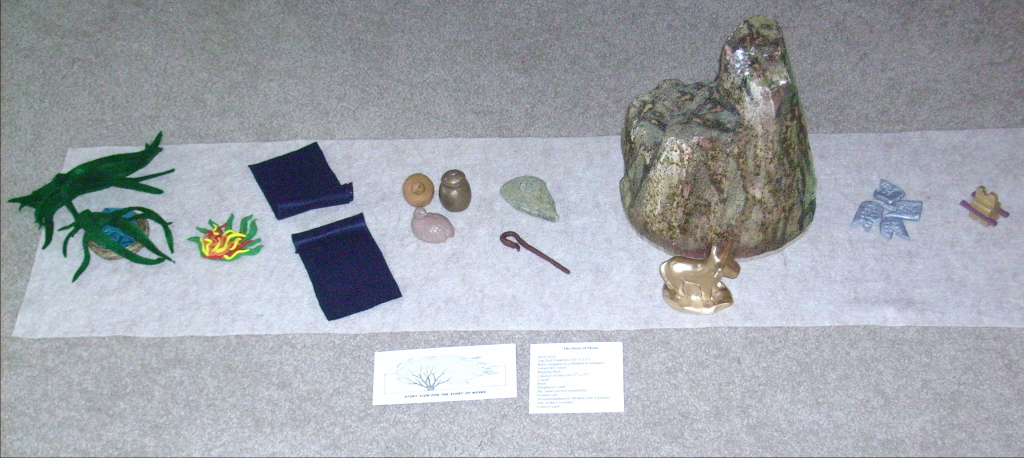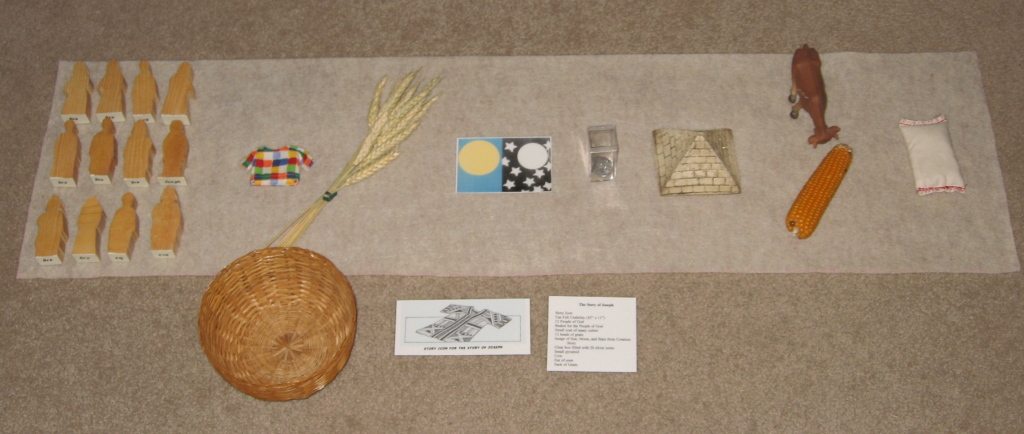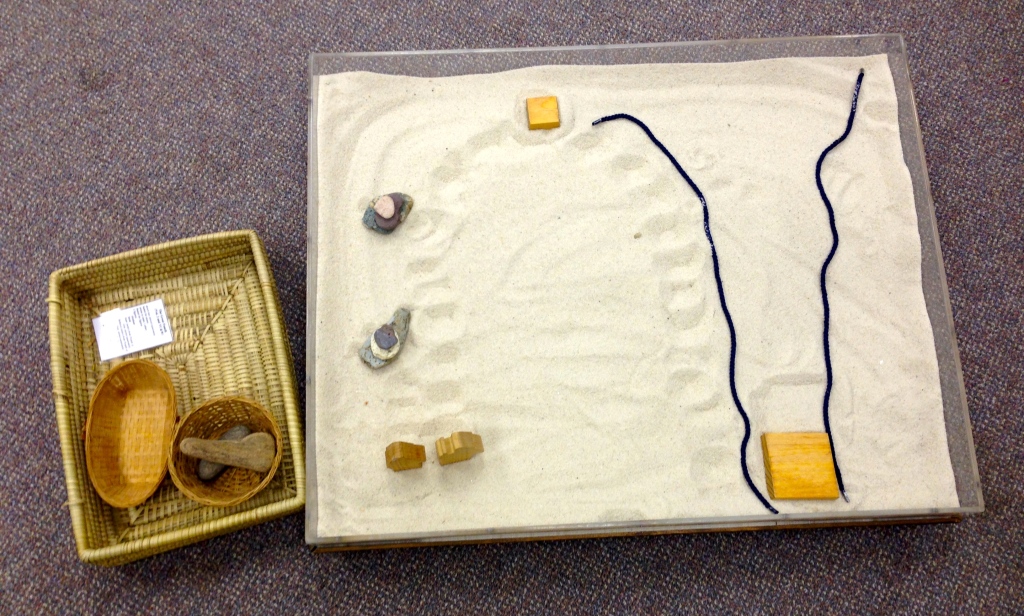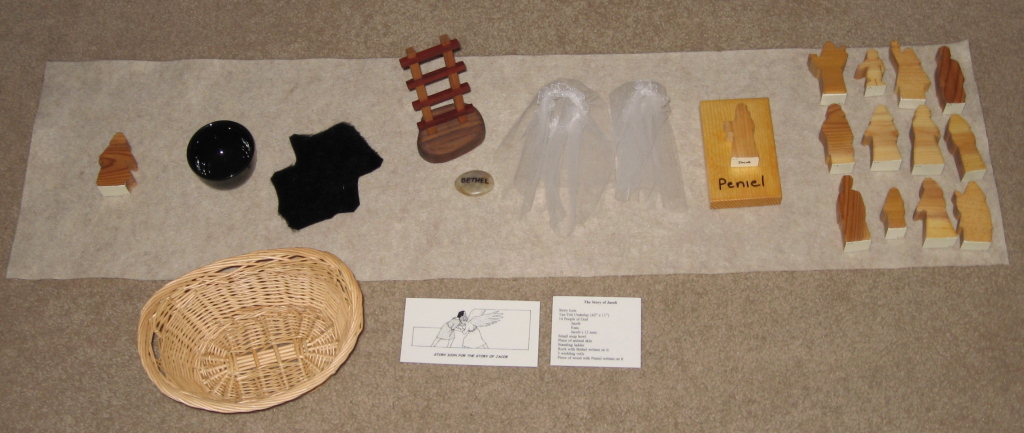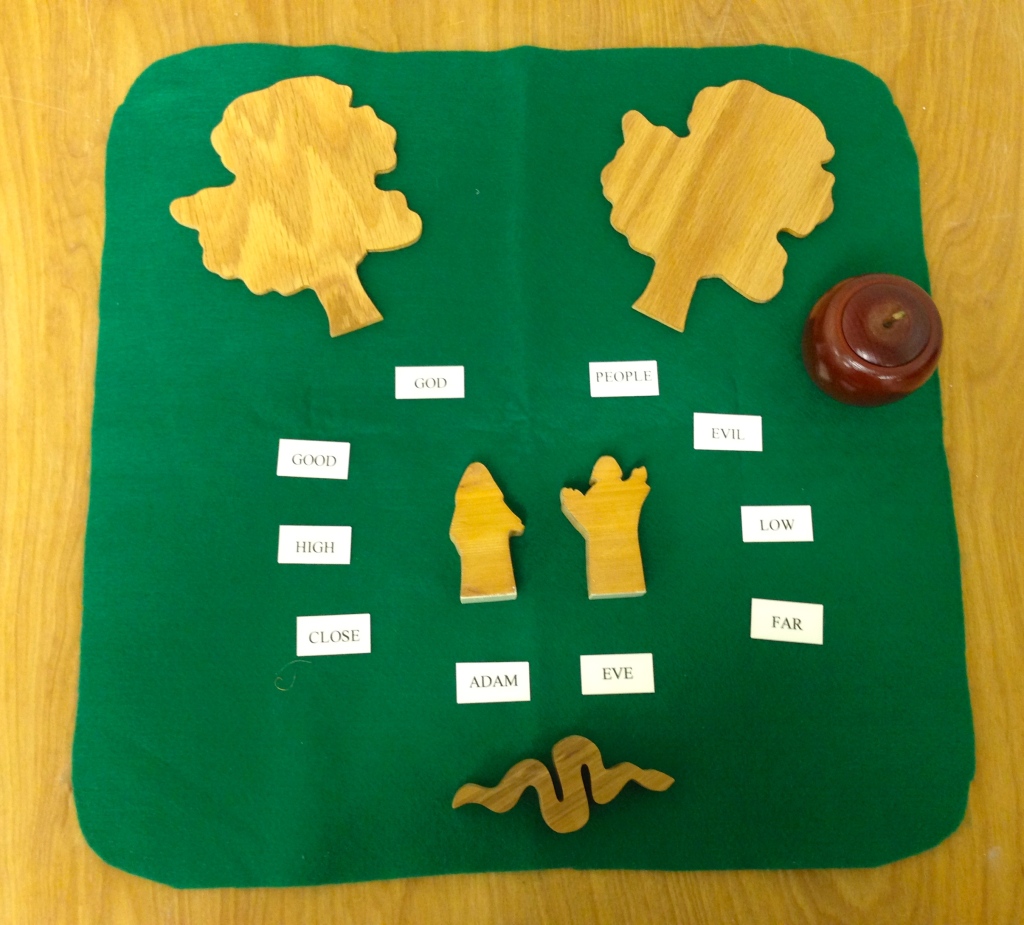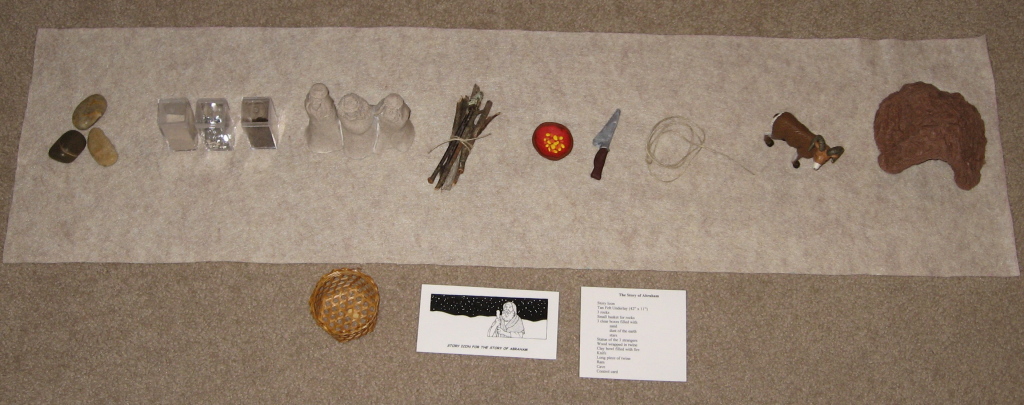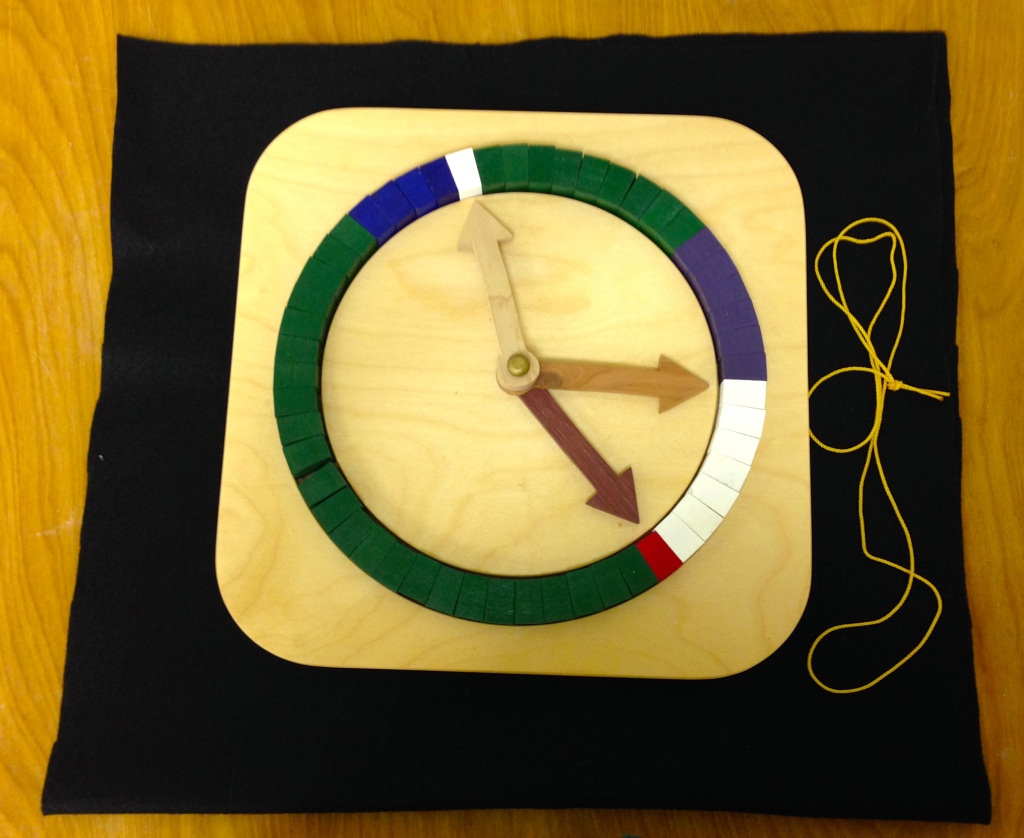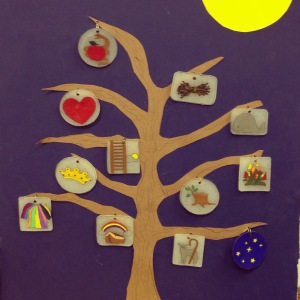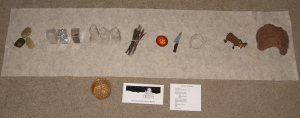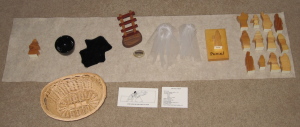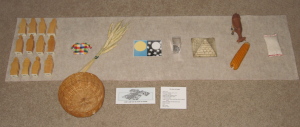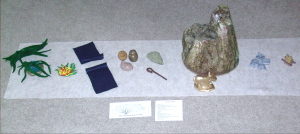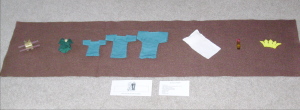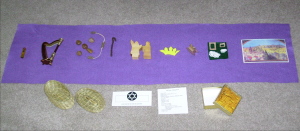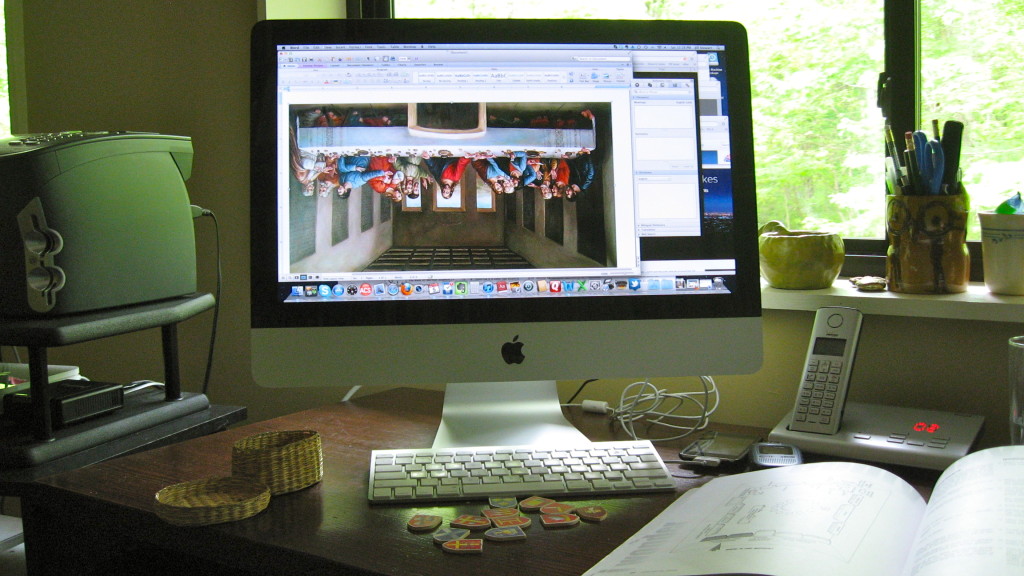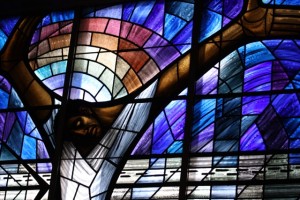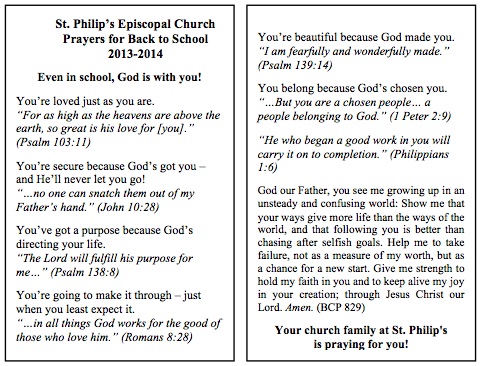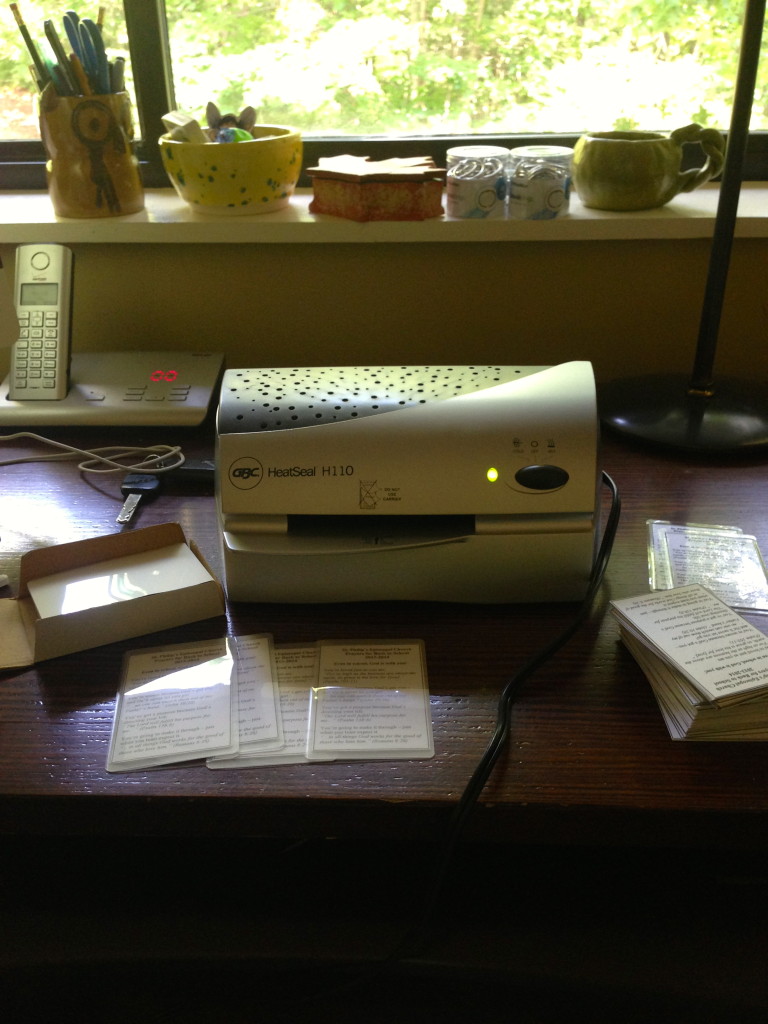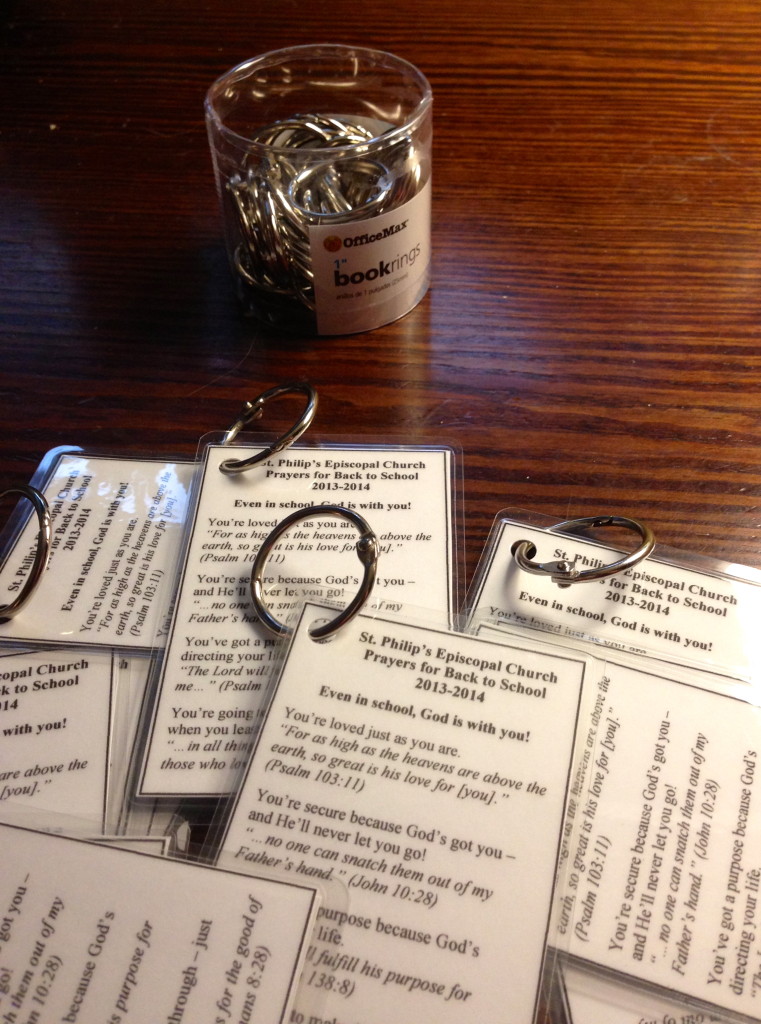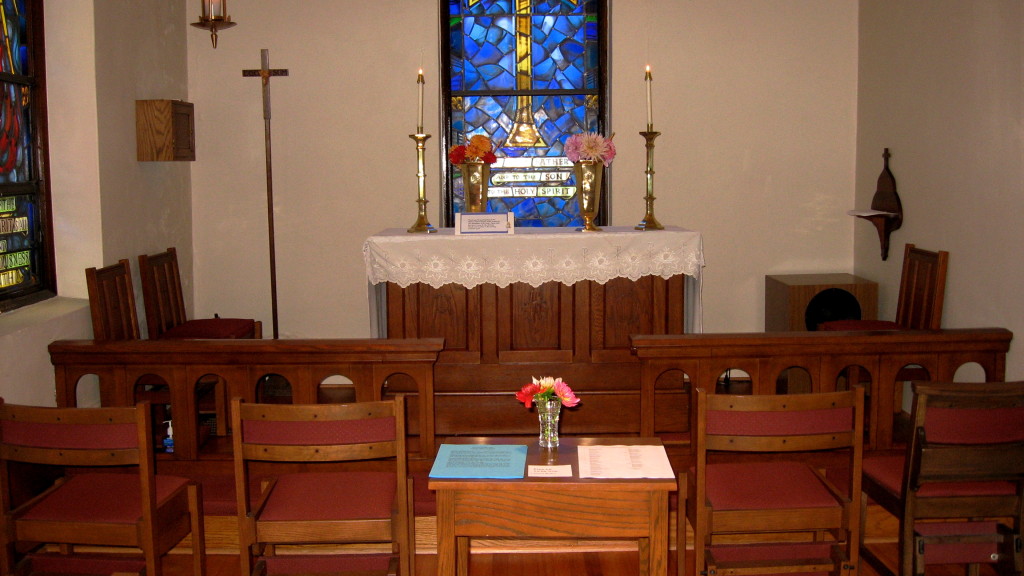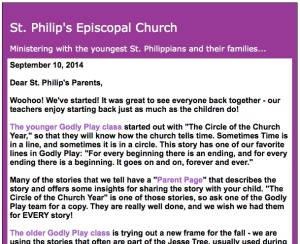 Each week we write a Constant Contact e-mail targeted to young families (and our elected vestry members! We’re sneaky that way…) At first we just listed upcoming schedule changes and that sort of thing, but we decided it was a good forum for opening a window into our classrooms for the parents. So each week I’d send a little e-mail off to the storytellers (we have two Godly Play classrooms) and ask what story they told, etc.
Each week we write a Constant Contact e-mail targeted to young families (and our elected vestry members! We’re sneaky that way…) At first we just listed upcoming schedule changes and that sort of thing, but we decided it was a good forum for opening a window into our classrooms for the parents. So each week I’d send a little e-mail off to the storytellers (we have two Godly Play classrooms) and ask what story they told, etc.
And each week I’d get a lovely paragraph back describing what happened that day! It’s really the best part of my week, and I am thankful that the storytellers are excited enough to write in such detail. These descriptions below are just as we send them. I edit them very slightly (to remove a child’s name or to edit out some housekeeping comment the storyteller might be sending my way) but otherwise they’re exactly as the storyteller reports. I hope you enjoy!
Last Sunday (10/12/2014), here’s what happened:
The younger Godly Play class heard the story of Moses. Our storyteller reports:
As IÂ told them which story we would hear, one child exclaimed, “I have heard this story 1000 times!” I responded that maybe on the 1001 time, he would learn something new and different and that I bet he would have a lot to share with us after we finished. He was fully engaged and was the first to raise his hand for all of the wondering questions. The children and their teachers were amazed that Moses, after killing an Egyptian and leaving the Palace, was a shepherd for 40 years before God called him to lead his people out of Egypt and into the promise land. Although Moses felt the call of God earlier in his life, he had to wait until it was time. I was also amazed at how much the children knew about Moses and how interested they were in him, his calling, and his life. One child said that his favorite part of the story was when Moses went up on to Mount Sinai and received the Ten Best Ways to Live (or as some of us know them, the Ten Commandments). We then talked about the Ten Best Ways to Live which I thought would be a good introduction to our story next week. When we talked about what part of the story we could leave out, one child declared that we could leave out the golden calf that the people built while waiting for Moses. They grew tired of waiting for Moses and on God. It seemed that there was quite a bit of waiting to this story, Moses waiting, the people waiting to be free and to leave Egypt, the people waiting on Moses, and waiting for the Promised Land. Sometimes it’s hard for us to wait, but we can all learn a lot by being still, waiting, and listening for God.
The older Godly Play class continued hearing the stories that often are part of the Jesse Tree. With Jesse; we remember not only the family of Jesse, which begins a lineage that leads to Jesus, but the many people of the Hebrew scriptures who prepared God’s people for the coming of Jesus. Our storyteller reports:
We heard the story of Joseph. Lots of drama in that story which led us to wonder about brothers and how they sometimes get along better than others, present company included (a pair of brothers were present in the class). Luckily God is with us no matter whether times are good or bad and can do amazing things when times are especially bad…

